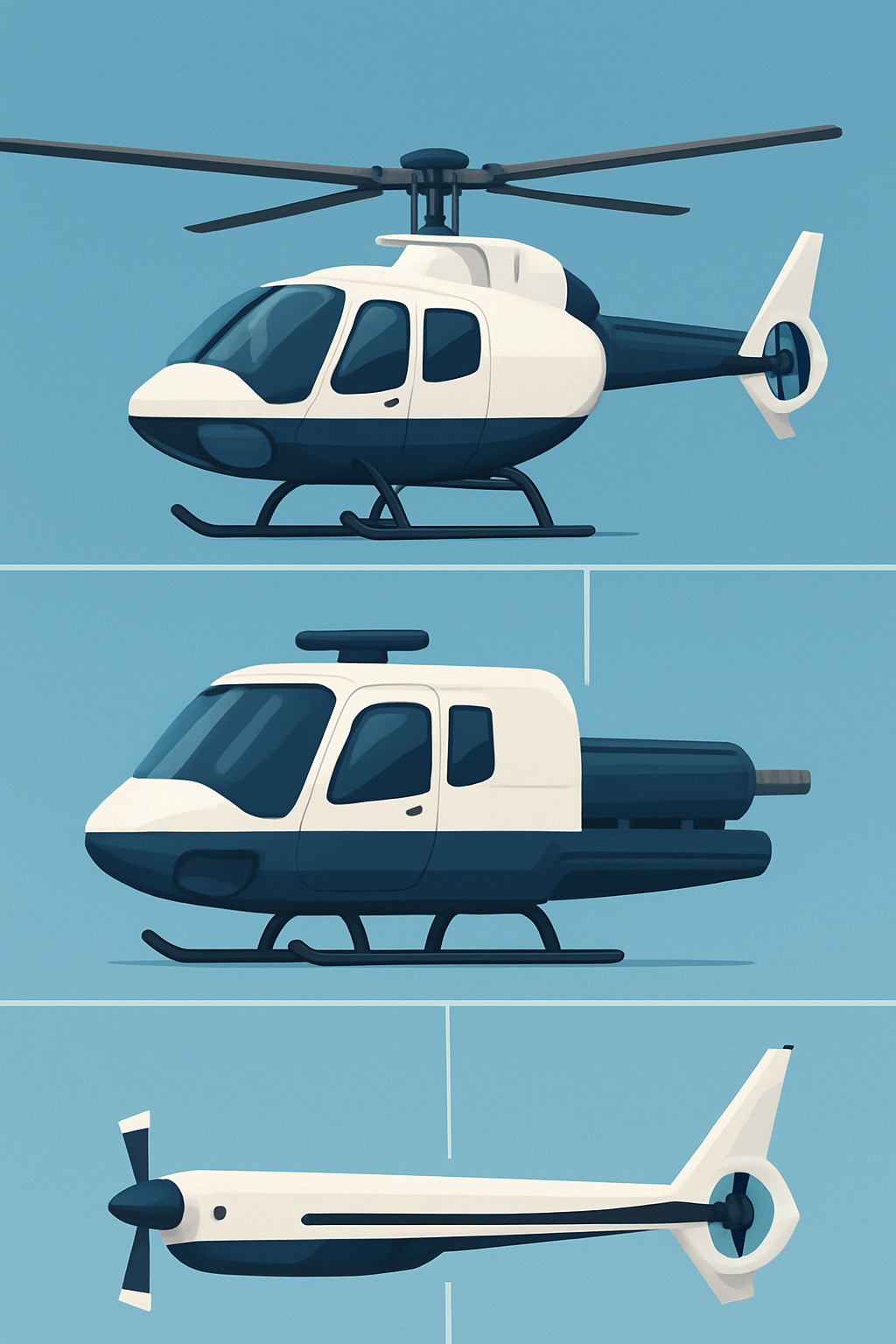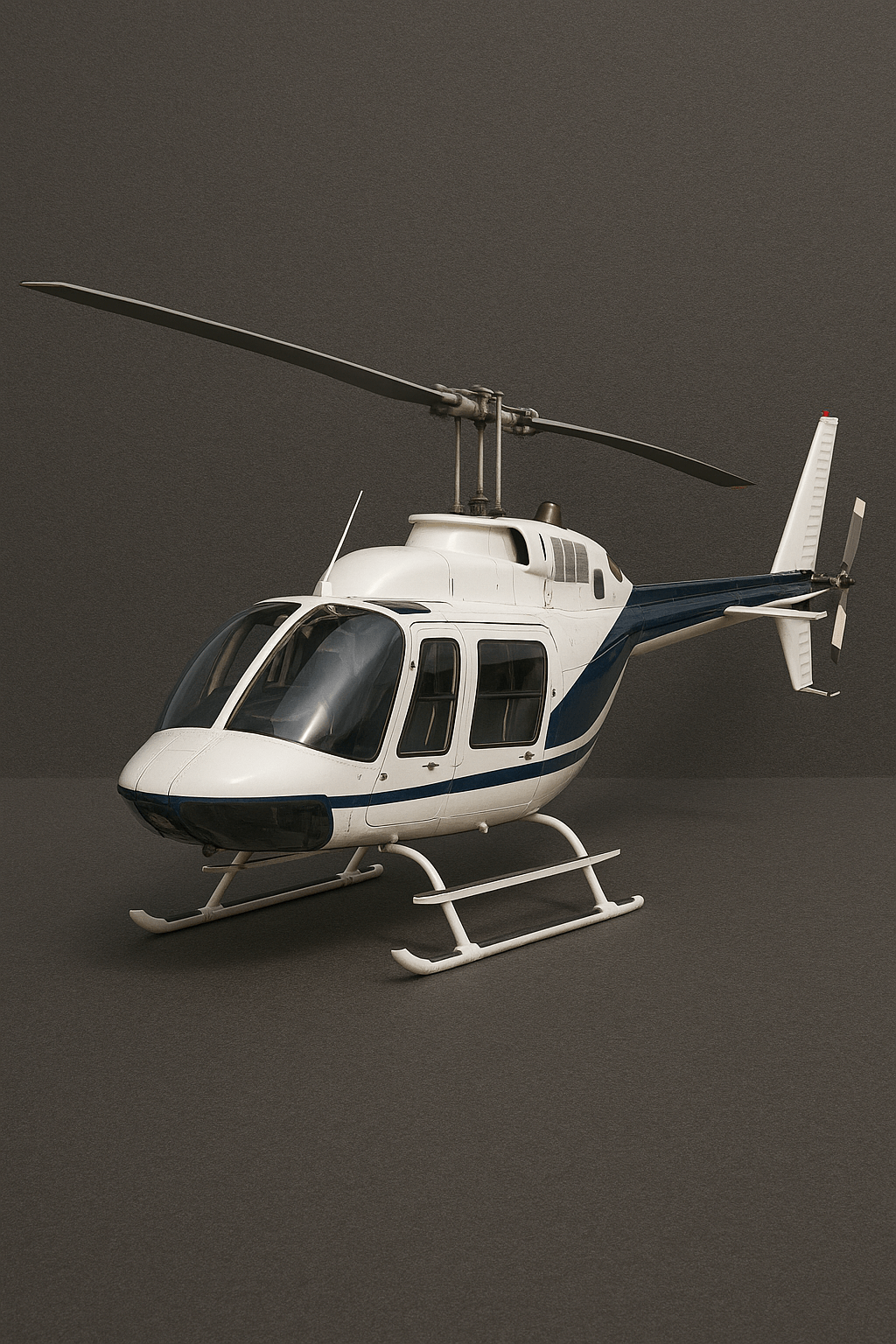Customs Clearance of Various Helicopters in Iran (HS 8802.11/8802.12 + Special Permits and Conditions)

For an estimate of the time and cost of helicopter clearance (light/heavy, civilian/dual-use), contact the experts at Saba Tarkhis.
Instant free consultation1) Introduction to Helicopters and Their Importance in Aviation
2) Specialized Applications of Helicopters
Military applications:
Commercial and industrial applications:
Medical and search & rescue applications:
Recreational and tourism applications:
3) Key Points in Helicopter Customs Clearance
1. Helicopter Customs Tariff Code (HS Code)
| Goods | Short description | HS Code |
|---|---|---|
| Light helicopter (<2,000 kg) | Rescue/Recreational/Tourism | 8802.11 |
| Heavy helicopter (≥2,000 kg) | Military/Commercial/Industrial | 8802.12 |
Determining the exact subheading depends on unladen weight, use case, installed equipment, and new/used status.
2. Required Permits for Importing Helicopters
3. Special Conditions for Import and Clearance of Helicopters
4) Helicopter Exporting and Importing Countries
Main exporters
Main importers
5) Special Conditions for Importing Helicopters into Iran
1. Special permits
2. Technical conditions
3. Sanctions and international regulations
6) Volume of Helicopter Imports and Exports
Clearance of special goods is possible if special permits are obtained.
Need precise HS Code determination, aviation/defense permits, and document preparation? Our team manages the case end-to-end.
Request a pro forma invoice
Frequently Asked Questions
What is the HS Code for helicopters?
Per your text: light helicopters are usually classified in 8802.11 and heavy helicopters in 8802.12; the final determination depends on unladen weight and use.
What permits are required for import?
As applicable: permit from the Civil Aviation Organization, Ministry of Defense for military/dual-use items, and international safety/quality certificates.
Is a technical inspection mandatory before clearance?
Yes; a comprehensive inspection of airworthiness, engines, avionics, and structure is performed to ensure compliance with safety standards before clearance.
.png)
